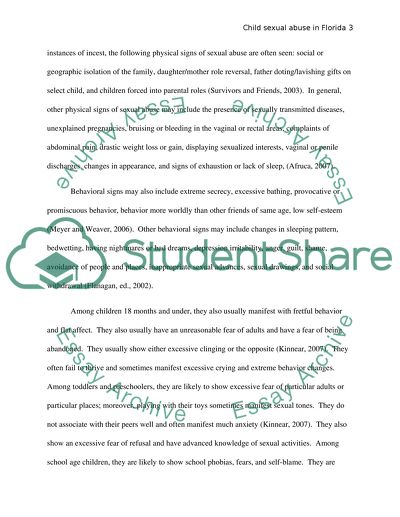Cite this document
(“Sexual Abuse In The State Of Florida Research Paper”, n.d.)
Retrieved de https://studentshare.org/sociology/1391770-sexual-abuse
Retrieved de https://studentshare.org/sociology/1391770-sexual-abuse
(Sexual Abuse In The State Of Florida Research Paper)
https://studentshare.org/sociology/1391770-sexual-abuse.
https://studentshare.org/sociology/1391770-sexual-abuse.
“Sexual Abuse In The State Of Florida Research Paper”, n.d. https://studentshare.org/sociology/1391770-sexual-abuse.


